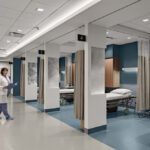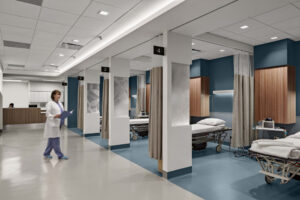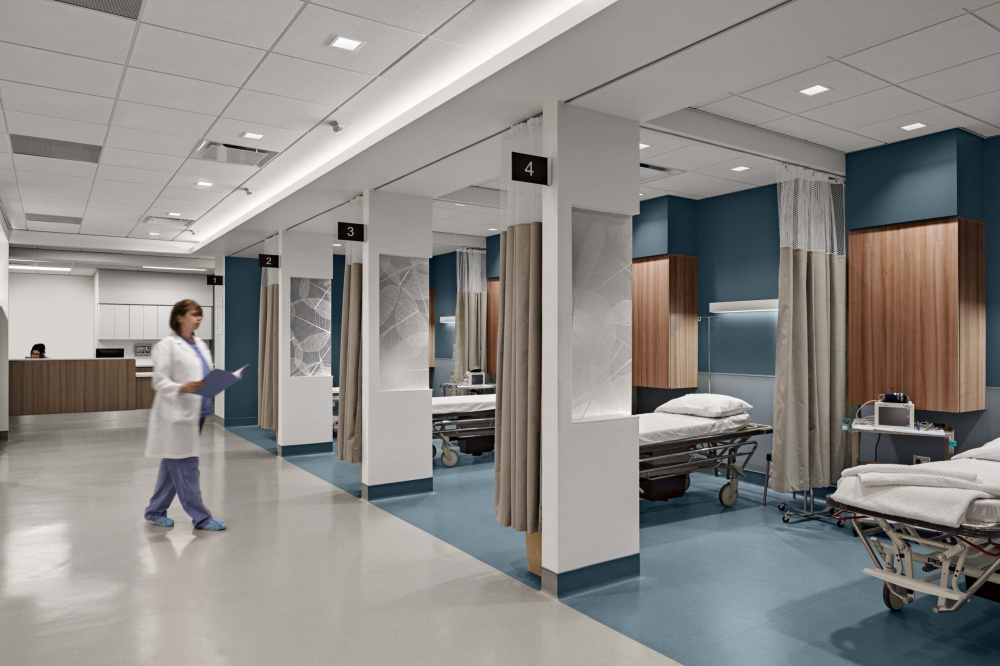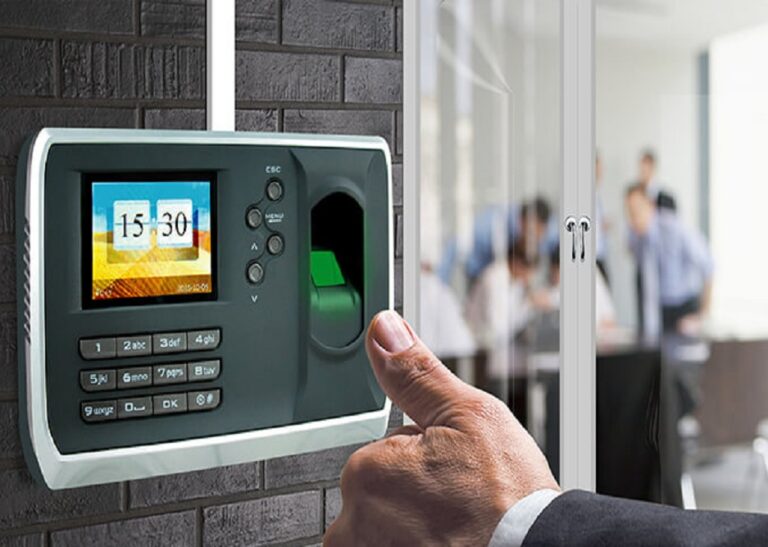The design of a healthcare facility has a profound impact on the experience of patients and the effectiveness of care providers. In Australia, the approach to building and renovating hospitals and clinics is shifting. We are moving away from purely functional, sterile environments towards spaces that actively promote healing and wellbeing. This evolution recognises that a well-designed space can reduce patient anxiety, improve staff efficiency, and contribute to better health outcomes.
Thoughtful design considers everything from the layout of a ward to the colour of the walls. Natural light, for instance, has been shown to speed up recovery times and improve the mood of both patients and staff. Easy-to-understand signage reduces stress for visitors and patients trying to find their way around a large hospital complex. These principles are central to the development of Concept Health Spaces, where the physical environment is seen as an integral part of the healing process. It’s about creating a place where people feel safe, comfortable, and respected.
This patient-centred design philosophy is gaining momentum across the country. New healthcare projects are incorporating elements like single-patient rooms for privacy and infection control, quiet zones for rest, and communal areas that encourage gentle movement and social interaction. By focusing on the human experience within these buildings, designers and healthcare providers are working together to build facilities that support both physical and emotional recovery. The goal is to create environments that are not just for treatment, but for genuine care.
One of the most significant changes is the integration of nature. Gardens, courtyards, and even indoor plants can provide a calming distraction and a connection to the outside world. Views of greenery from a patient’s window can lower blood pressure and reduce the need for pain medication. In paediatric wards, playful art and interactive installations can make a hospital stay less intimidating for children. These features help to humanise the clinical setting, making it a more positive and less stressful place for everyone.
Efficiency for medical staff is another important aspect of modern healthcare design. Well-planned layouts can minimise the distance nurses and doctors have to walk, saving valuable time and energy. Decentralised nursing stations allow staff to be closer to patients, enabling quicker response times. The strategic placement of equipment and supplies also streamlines workflows, allowing clinical teams to dedicate more of their attention to direct patient care. When the environment works for the staff, they are better equipped to provide the best possible support to their patients.
Ultimately, elevating patient care through innovative space design is about seeing a healthcare facility as more than just a building. It is a dynamic environment that plays an active role in the healing journey. By creating spaces that are welcoming, efficient, and restorative, we can enhance the patient experience and support our dedicated healthcare professionals in delivering outstanding care throughout Australia.
















